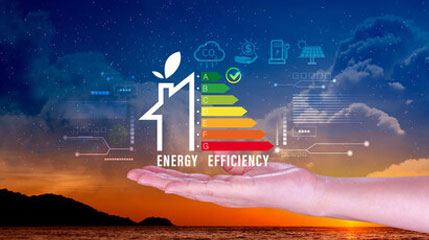Layout &
Architecture
Each room’s purpose influences the type and amount of electrical capacity needed.

Each room’s purpose influences the type and amount of electrical capacity needed.

Plan for scalability so your system can accommodate growth without requiring extensive retrofitting.

Implementing smart technologies significantly reduces energy consumption while enhancing performance.

Navigating legal requirements early in the design process avoids potential delays or costly modifications later on.
Energy efficiency and sustainability are crucial in today’s electrical infrastructure. They not only reduce operational costs but also minimize environmental impact. Innovative designs prioritize renewable energy sources, such as solar panels and wind turbines. These solutions help businesses harness natural resources effectively. By integrating these alternatives into their systems, companies can achieve significant savings over time.
Smart technologies play a pivotal role as well. Advanced monitoring systems allow for real-time tracking of energy consumption. This data empowers businesses to make informed decisions about usage patterns. Moreover, energy-efficient equipment is essential for modern installations. LED lighting and high-efficiency appliances consume less power while delivering optimal performance.
Sustainable practices extend beyond the immediate infrastructure too. Buildings designed with eco-friendly materials contribute to longer-term benefits, enhancing overall resilience against climate change challenges while promoting health and safety within workspaces.
Another challenge is regulatory compliance. Navigating local codes and regulations can be complex. Engaging experts early in the process helps ensure adherence to these standards.
There’s also the risk of inadequate capacity planning. As businesses grow, their power needs change rapidly. Designing a custom electrical system with future-proofing in mind addresses this concern from the outset.
Workforce skill gaps can hinder the effective installation and maintenance of systems. Investing in training programs creates a knowledgeable team capable of handling high-quality installations efficiently.
Smart grids are becoming a staple in modern electrical designs. They allow for real-time monitoring and management of energy resources, making it easier to detect issues before they escalate. This proactive approach not only improves performance but also aligns with sustainability goals.
As we look ahead, future-proofing becomes essential in ensuring long-term viability. The right technological investments today will pave the way for sustainable practices tomorrow—making your electric infrastructure not just functional but adaptable to changing demands and innovations in years to come.